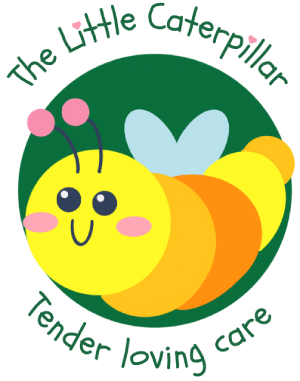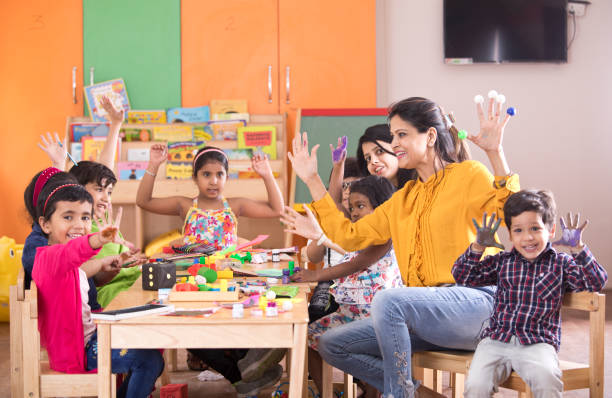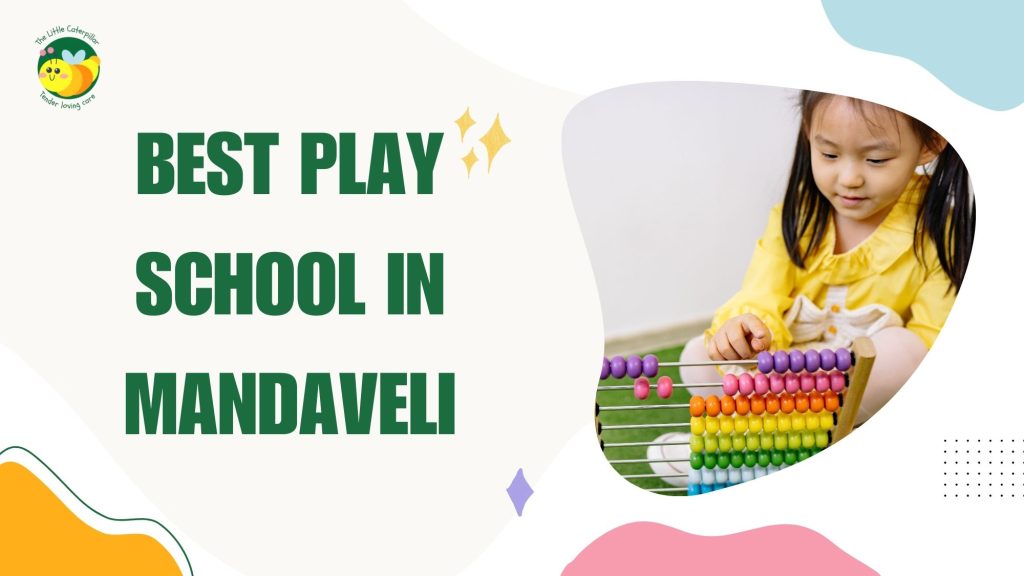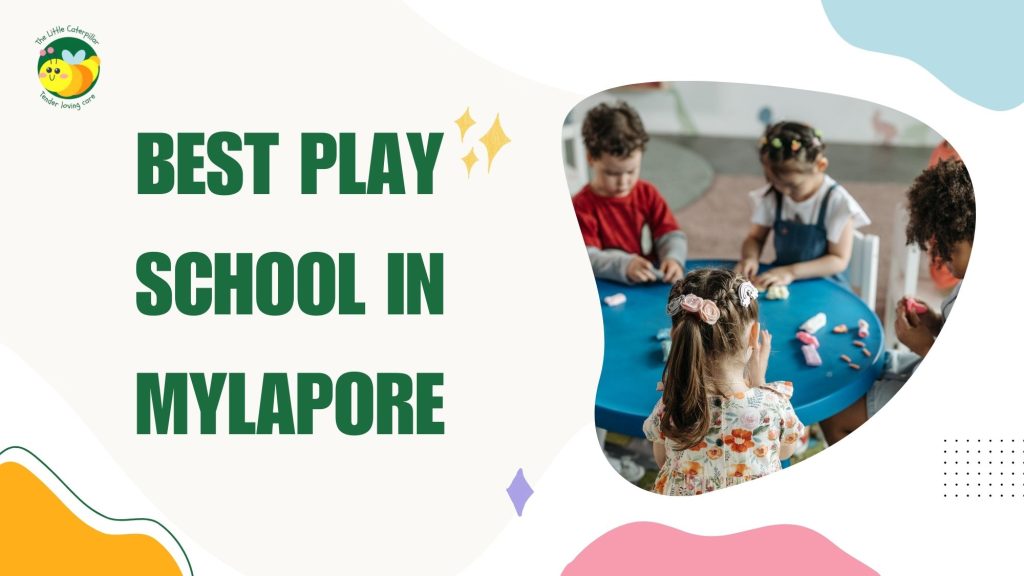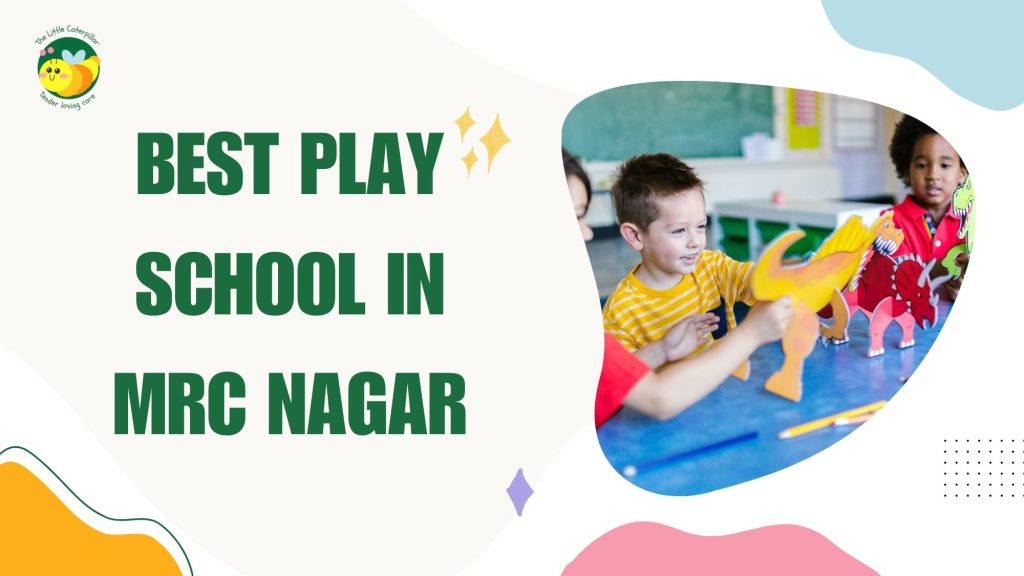Table of Contents
Introduction
Storytelling holds a revered place in Indian culture, serving as a powerful medium for transmitting knowledge, values, and traditions across generations. At Little Caterpillar in Chennai, a playschool inspired by Montessori and Reggio Emilia principles with a strong emphasis on Indian heritage, storytelling plays a pivotal role in the curriculum. This essay explores the rich tradition of storytelling in Indian culture and examines how it is integrated into Little Caterpillar’s educational framework to promote language development, cultural understanding, and holistic child development.
The Tradition of Storytelling in Indian Culture
Storytelling in India dates back thousands of years, woven into the fabric of daily life through epics, myths, folktales, and moral parables. These stories not only entertain but also educate, imparting values such as courage, compassion, and respect for nature. Narratives from ancient texts like the Ramayana and Mahabharata, regional folklore, and tales of gods and goddesses are passed down orally, reflecting diverse cultural traditions and beliefs.
Integration into the Curriculum at Little Caterpillar
At Little Caterpillar, storytelling is a cornerstone of the educational approach, blending Montessori and Reggio Emilia methodologies with Indian cultural heritage. The school’s curriculum emphasizes the following aspects:
- Story Time with Pati: A special program where grandmothers (Pati) from the community are invited to share traditional Indian stories with the children. This initiative not only enriches children’s understanding of Indian culture but also strengthens intergenerational bonds and values.
- Incorporation of Indian Folktales and Mythology: Stories from Indian mythology, such as tales of Krishna, stories of Panchatantra, and folktales from different regions of India, are woven into the daily routine. These stories are selected to align with the themes and interests of the children, fostering engagement and curiosity.
- Multilingual Storytelling: Little Caterpillar celebrates India’s linguistic diversity by incorporating stories in various languages, including Tamil, Hindi, Telugu, and English. This approach not only supports language development but also promotes cultural inclusivity and appreciation.
- Interactive Story Sessions: Storytelling sessions are interactive, encouraging children to ask questions, make connections, and express their thoughts and emotions. Such activities enhance cognitive development, language skills, and emotional literacy among young learners.
Benefits of Storytelling in Early Childhood Education
The integration of storytelling at Little Caterpillar yields numerous benefits:
- Language Development: Exposure to diverse stories in different languages enhances vocabulary, comprehension, and linguistic fluency.
- Cultural Understanding: Stories provide insights into Indian culture, values, traditions, and historical events, promoting cultural sensitivity and empathy.
- Imagination and Creativity: Engaging narratives stimulate imagination, creativity, and critical thinking skills among children.
- Emotional and Moral Development: Moral lessons embedded in stories teach children virtues such as honesty, kindness, and perseverance, fostering social-emotional growth.
- Family and Community Engagement: Involving grandparents and community members in storytelling promotes a sense of belonging and strengthens family-school partnerships.
Teacher’s Role and Training
Teachers at Little Caterpillar, many of whom are psychology-trained and young mothers themselves, play a pivotal role in facilitating storytelling sessions. Their understanding of child development and educational psychology enhances the effectiveness of storytelling as a pedagogical tool. They create a supportive environment where children feel safe to explore emotions, ask questions, and engage actively in storytelling experiences.
Impact and Evaluation
Assessment at Little Caterpillar goes beyond academic benchmarks to include observations of children’s participation, comprehension, and emotional responses during storytelling sessions. Feedback from teachers, parents, and community members helps evaluate the effectiveness of storytelling initiatives and guides continuous improvement.
Conclusion
Storytelling is not merely a pedagogical tool at Little Caterpillar but a vibrant thread that weaves together language development, cultural understanding, and holistic child development. By embracing India’s rich storytelling heritage and integrating it into the Montessori and Reggio Emilia-inspired curriculum, the school nurtures children’s intellectual curiosity, emotional intelligence, and appreciation for diversity. Through initiatives like “Story Time with Pati” and a multilingual approach, Little Caterpillar cultivates a learning environment where each child’s cultural identity is celebrated, and lifelong learning begins with the magic of storytelling.
References
- Menon, Ramesh. Indian Folktales and Legends. Penguin Books, 2003.
- Rao, Shanta. Stories from the Panchatantra. HarperCollins Publishers India, 2008.
- Kumar, Ravi. Ramayana for Children. Puffin Books, 2012.
- Edwards, Carolyn, et al. The Hundred Languages of Children: The Reggio Emilia Approach to Early Childhood Education. Praeger, 1998.
- Montessori, Maria. The Absorbent Mind. Clio Press, 1995.
